Ferrochrome industries turn Gweru into pollution hotspot
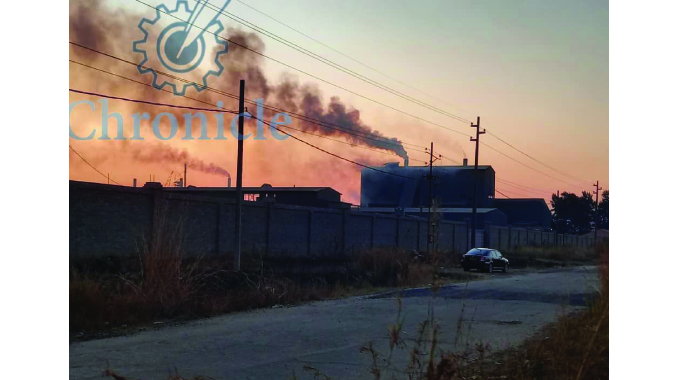
Patrick Chitumba, Midlands Bureau Chief
AN influx of ferrochrome industries and boilers that are burning fossil fuels in Gweru’s light industrial areas is turning Gweru into a pollution hotspot, according to the Environment Management Agency (EMA).
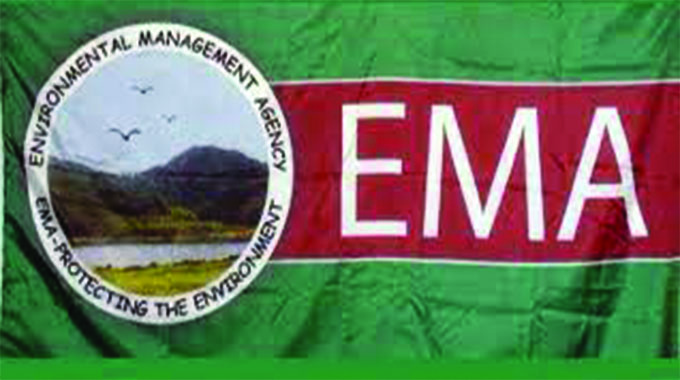
Environmental Management Agency (EMA)
The surge in the number of these companies that are within reach of suburbs such as Mkoba 1 suburb and Mkoba Teachers’ College, Mkoba 7 and Mkoba 12 has seen EMA calling Gweru a hotspot for possible air pollution that is harmful to humans and animals.
EMA has already set up three mini stations in Lundi Park, Mkoba 12 and at Midlands Aids Service Organisation (Maso) for ambient air quality monitoring.
Ferrochrome production creates air pollution, dust, slag (waste produced during ferrochrome separation from other ore elements).
Ferrochrome production emits air pollutants such as nitrogen oxides, carbon oxides and sulfur oxides which are hazardous to human beings if produced in excess.
In an interview at Maso, EMA environmental inspector Mr Givemore Handizvihwe said Gweru was a hotspot for pollution and therefore the need to set up stations for ambient air quality monitoring.
“We are here in Gweru where we are doing ambient air quality monitoring. As you know, EMA is the environmental watchdog, we monitor pollution which comes in different modes. It can be water pollution, hazardous substances, ground pollution, solid waste management but in this regard we have set up our equipment for ambient air quality monitoring,” he said.
Mr Handizvihwe said EMA has a mandate to measure the quality of the atmospheric air that the people breathe.
“We have got that mandate, under EMA Act 13 of 2002, so basically what we have here at Maso is a station that captures the air that is circulating within the vicinity of Mkoba. We are doing this for the purpose of assessing the level of pollution that is the air that the people breathe. That is in our air resources. Air pollution sources are the industrial site and other sources such as vehicle emissions,” he said.
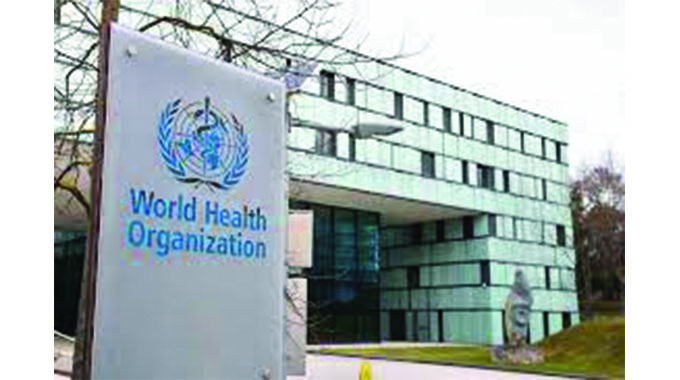
World Health Organization (WHO)
Mr Handizvihwe said there are World Health Organisation (WHO) guidelines that are supposed to be met when it comes to ambient or atmospheric air quality.
He added that there are also guidelines according to the Standards Association of Zimbabwe (SAZ) that are local air pollution guidelines to be followed.
“So we are monitoring to see if the air is still safe for the members of the public, if the air is still safe for everyone and even the environment because every living organism needs clean air. We have set out three stations that are at Maso, in the Lundi Park suburb and the other in Mkoba 12 suburb,” said Mr Handizvihwe.
He said the results from the stations are going to be used for decision making by relevant authorities.
“This is to say, the relevant authorities will decide to loosen or tighten emission discharge limits because you know this pollution doesn’t just come from nowhere, it comes from the sources which are anthropogenic that is manmade activities which is what we do for economic activities,” said Mr Handizvihwe.
“We have for example many ferrochrome industries here in Gweru, we have got boilers that are combusting a lot of fossil fuel.

Standards Association of Zimbabwe (SAZ)
We have a lot of other sources so those have discharge limits and we want to see if they are meeting them, we want to see if those limits are permitting us to meet the WHO and SAZ guidelines if it means the limits are causing pollution in Mkoba or in Gweru at large in our air resources it means therefore that we are going to tighten the discharge limits.
So that’s the purpose of our study to see the quality of the air that is in this area is meeting the legal guidelines.”
He said the exercise which kicked off on August 10 will end on September 12.
“We primarily focus on pollution hotspots. We go around the country to assess the level of pollution in such hotspots areas like Mkoba suburb.
From preliminary studies we make considerations, especially with regards to distance and wind speed and wind direction, we say the emissions from these industries or sources have a potential to go into the residential areas, to go into the nearby areas where there are people where there are sensitive regions like preschools.
So we are assessing that one. It’s not only here in Mkoba, we are moving around, to access if there is pollution that can be a danger to the people,” said Mr Handizvihwe.

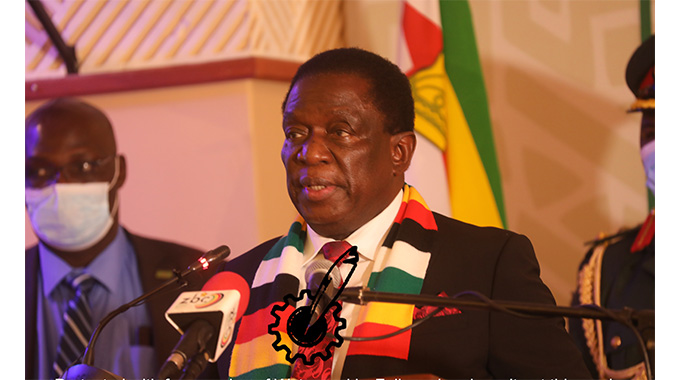
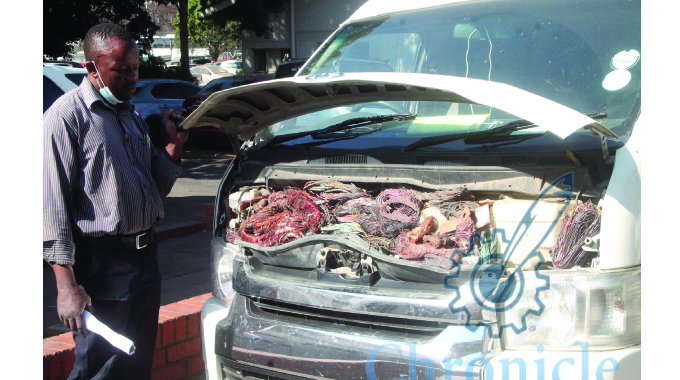
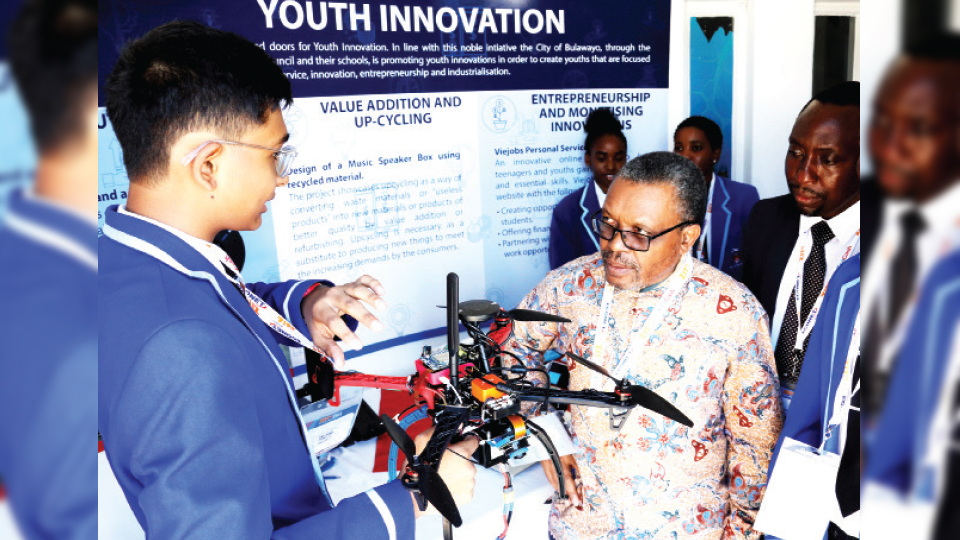







Comments